Transcription of Geography 7 World Regional Geography
1 Geography 7 World Regional Geography Los Angeles Harbor College Spring 2009 Teacher Pathway Program Dr. Melanie P. Renfrew Geography 7 is an opportunity to tour' the World in a semester! For each region, we examine physical Geography , population distribution, how people make a living (economic activities), language and religious groupings, and possibly, geopolitical issues (the term for Regional arguing over turf ). Textbook: , Fundamentals of World Regional Geography , 2007. Brooks/Cole Thomson Learning. ISBN-13: 978-0-495-10669-2. Required Materials: 10 Form 883 Scantrons (have matching and completion on back), pencils, eraser, 24-pack colored pencils, portable pencil sharpener to contain the shavings. Bring these & book to class. Messages: (please your name & Geog 7 in the subject line), 310-233-4557.
2 For office hours, I usually meet with students before or after class (MW 12:35-1:35 NEA 218; MW 4:45- 5:15 NEA 109), but TuTh Teacher Pathway students are welcome to set up an appointment, and I will try to come early and stay afterward if you would like to meet with me privately. Course topics and Required Reading: Tentative Test Schedule, Record of scores United States and Canada Chapter 10 Test 1 & Canada: April 21. Points, grade: Overview of physical and Human Geography Test 2 - Overview: April 28. Chapters 1-2 Points, grade: Europe Study Chapter 3 Europe: Map Apr. 30, Test 3 May 7. Points, grade: Russia and the Near Abroad (former USSR republics) Russia: Map May 12, Test 4 May 14. Study Chapter 4 Points, grade: Middle East, North Africa Study Chapter 5 ME/NA: Map May 19, Test 5 May 26.
3 Points, grade: Monsoon Asia Study Chapter 6 Asia: Map May 28, Test 6 June 4. Points, grade: Pacific World Chapter 7 Overview only Pacific: Map +Test 7 June 11. Points, grade: Africa South of the Sahara Study Chapter 8 Africa: Map June 11, Test 8 June 18. Points, grade: Latin America Study Chapter 9 Latin America: Map June 23. Review World comparisons Chapters 1-2 Final: Lat. Am.+ Review July 2. Grading: Distribution: 90-100% = A, 80-89% = B, 67-79% = C, 60-66% = D, < 59% = F. Approximate Point total - 350: Tests, Quizzes, and Final Exam = approximately 300; Class map activities and homework = approximately 50 points. Map quizzes will use the backs of 883 Scantrons, which have 15 possible matching choices. Tests will have multiple choice, matching, and completion using the same Scantrons, and possible essays.
4 If you are on the border between two grades, I consider your attendance, respect, and effort shown in class activities, and by improvement on tests. Please turn off cell phones before class; no walking in and out of class to answer cell phones, no text messaging. Student Learning Outcomes: After completion of this class, you should be able to: 1. For each World region, locate and identify major physical features (climates, biomes, rivers, mountain ranges, peninsulas, seas, islands, seas), countries, major cities, and spatial patterns of population, economic activities, and cultural features (patterns of languages and religions). 2. Contrast Regional economic activities in extractive (1), industrial (2), service (3), and information processing (4) sectors to gain an overview of the global economy.
5 3. Compare factors and generalizations about economic and social development of More Developed Countries (MDC's) with Less Developed Countries (LDC's). 4. Compare capitalism and communism as major economic systems, and some geographical effects. 5. Identify patterns of stereotyping, and errors called the fallacy of composition and fallacy of reduction. 6. Along with LAHC campus goals, demonstrate flexibility, tolerance, and respect for diverse cultures.. 7. It is intangible, but one of my goals is to create empathy and understanding for the people groups on Earth. In every one of the 30+ countries I have lived or traveled in, I have found people who are generous, loving, and kind. People will generally respond to us as we treat them, and our attitudes affect how we act.
6 Travel and friendships in different cultures are fun, and can bring us great joy. Levels and examples of economic activities: For each region, pay attention to how people make a living, that is, economic activities which provide jobs, what they grow, make, and do. They are like us. 1. Primary economic activities involve extraction of natural resources (specific food or cash crops, types of farming, minerals, fishing, logging). Some of these are raw materials for 2. Secondary activity is manufacturing into finished products ( , iron into steel, and then with plastics, upholstery and other materials into Volkswagen automobiles; cacao [cocoa] beans, milk, and sugar into Swiss chocolate). We think of this as industry, factories, machines, but the word itself originally meant, to make by hand (manu-facture).
7 3. Tertiary activities involve the distribution of goods and services, the service sector, which includes trade, sales, transportation, communication, government, medical, financial, legal, and other services, recreation, education, etc. 4. Quaternary activities have to do with information processing: the high-technology management of data (facts, information), and includes advanced computer processing, research and development ( R. & D ), and silicon chip production. Success in Geography 7: Geography can be fun if you try! As you read the textbook, pretend you are traveling to these regions. Plan on 6 hours a week of reading and map study time if you want to get an A. For each region, remember to study maps of population distribution, climates and biomes (vegetation), and 'Affluence and Poverty' (map on page 33 of Per Capita GDP).
8 By the end, you'll be able to compare regions, and see how physical Geography influences human Geography . As we watch video segments, watch the people's expressions, and think about their families, jobs, and what is important to them. How do they survive? How do they make use of the land, and interact with others in their region? Are we connected with them? is like a microcosm of the World , and many of our neighbors come from these countries. Earth is a great place! It's fascinating.
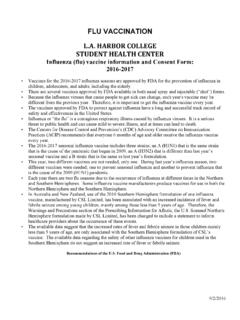
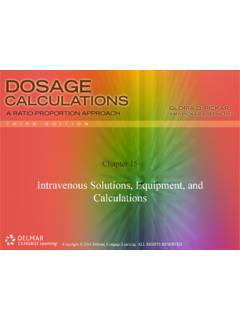
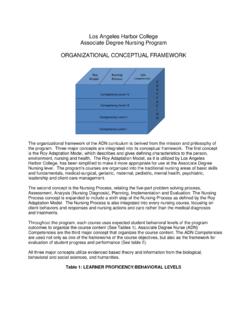
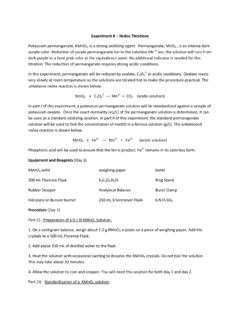
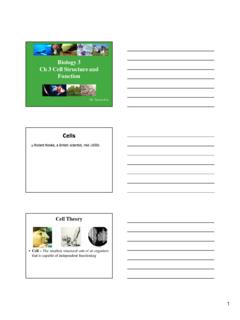
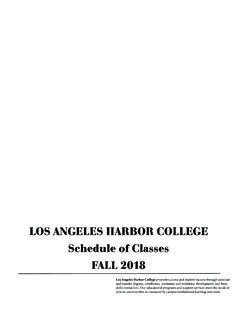
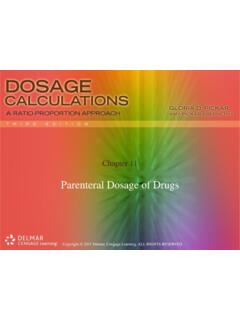

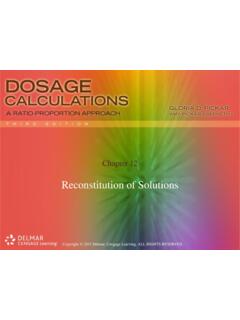
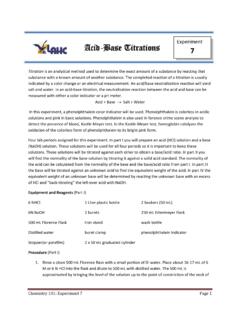

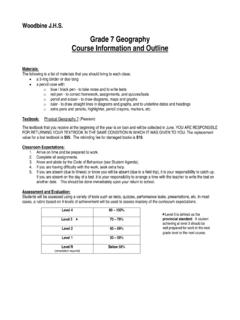


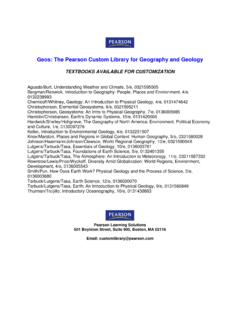
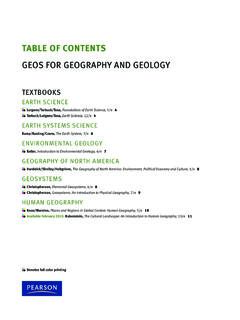

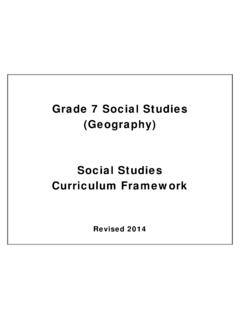

![[6031c7] - Pearson Geograpy Unit 2 Grade 7](/cache/no-preview.jpg)